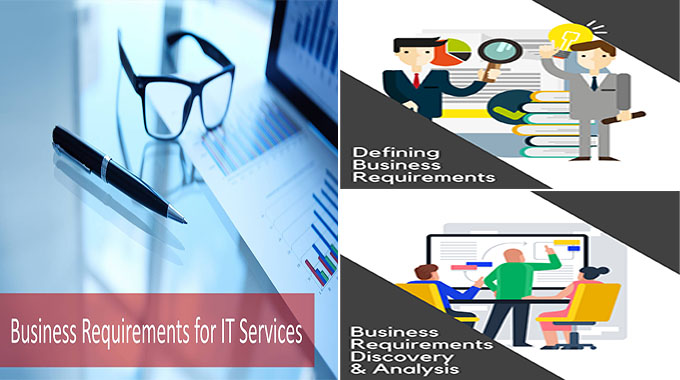There are numerous legalities and regulations relating to running a service business. However, each type of service business will have its own set of requirements. Therefore, it is important to be educated on these to avoid making a mistake. Cleaning service legal requirements will be different from catering services, so you must take the time to research these requirements before you get started. Further, you should identify the metrics for each expected service outcome. There are several ways to assess whether you’re meeting all these requirements before you start your business.
ITIL foundation training
If you are looking to take your ITIL (Service Management) certification exam, ITIL Foundation training is for you. This course will equip you with the basic concepts of ITIL, and introduce you to the ITIL framework and terminology. After the course, you will know how to match IT services with business requirements. You’ll also learn about various technologies, architectures, framework models, processes, and functions. You’ll have the knowledge you need to effectively manage modern IT enabled services.
In order to obtain the ITIL Master certification, you need to have extensive hands-on experience with ITIL and have a solid background in the ITSM profession. In order to achieve this certification, you must complete at least 17 credits in the Foundation, Practitioner, or Intermediate modules and pass the MALC exam. The ITIL Master certification requires a more rigorous process and a rigorous syllabus, which can be costly. ITIL training is available in classroom classes, online courses, and instructor-led distance learning.
Identifying business requirements
Identifying service business requirements is a crucial process for implementing new services. These requirements must align with business objectives and support the company’s vision. A new service might need more capacity to accommodate increased volume and increased transactions. For example, a telecom operator delivering finance news may need to increase its server capacity and staff, as well as hire additional administrators to monitor the services.
Therefore, resource considerations need to be made during the Service Design stage and during any updates.
The ITIL service lifecycle includes various stages, and identifying service business requirements is the first step. The primary purpose of identifying business requirements is to understand customer needs. As a service provider, you need to ensure that you’re meeting the needs of your customers in order to maintain a sustainable business. The first step in the lifecycle is to gather as many requirements as possible and document them. During the Service Design stage, IT needs to gather this information and create a close information relationship with the business.
Categorizing them
When creating a business requirement document, it can be helpful to categorize it according to the stakeholders’ level of expertise. This allows business and technical people to understand the requirements at the same level, and it can help the approvers review only those requirements that are approved. The categorization process can also be helpful when eliciting the requirements of various stakeholder groups. Listed below are some of the ways to categorize requirements.
Custom icons: You can upload a custom icon for a service category. Custom icons should be uploaded from the application’s icon set. Click the Upload icon link to browse the icons on your computer. You can then save or cancel the details and return to the list view. If you’d like to add additional fields, you can add them to the Configuration Item Types. By default, fields for the Configuration Item Types are filled with information about the service category, but you can add them if you want.
Defining metrics for each expected service outcome
When you start developing your business intelligence plan, one of the most common mistakes you make is starting the process at the wrong end. Performance metrics should be tied to a business strategy and strategic goals, and the opposite is also true. If you don’t define the strategic goals first, you are wasting your time. Then, you must develop measurable objectives for each expected service outcome. Once you have these objectives defined, you can start creating performance metrics for each.
The first step is to define metrics for each expected service outcome. These metrics should be simple to gather and context-specific. However, they may take more time and effort to implement, which means that they require a bit more investment. When selecting metrics, make sure they are easy to communicate and represent business goals accurately. Be sure to include qualitative criteria as well. You may need to tweak them a bit, but it’s well worth the effort.












